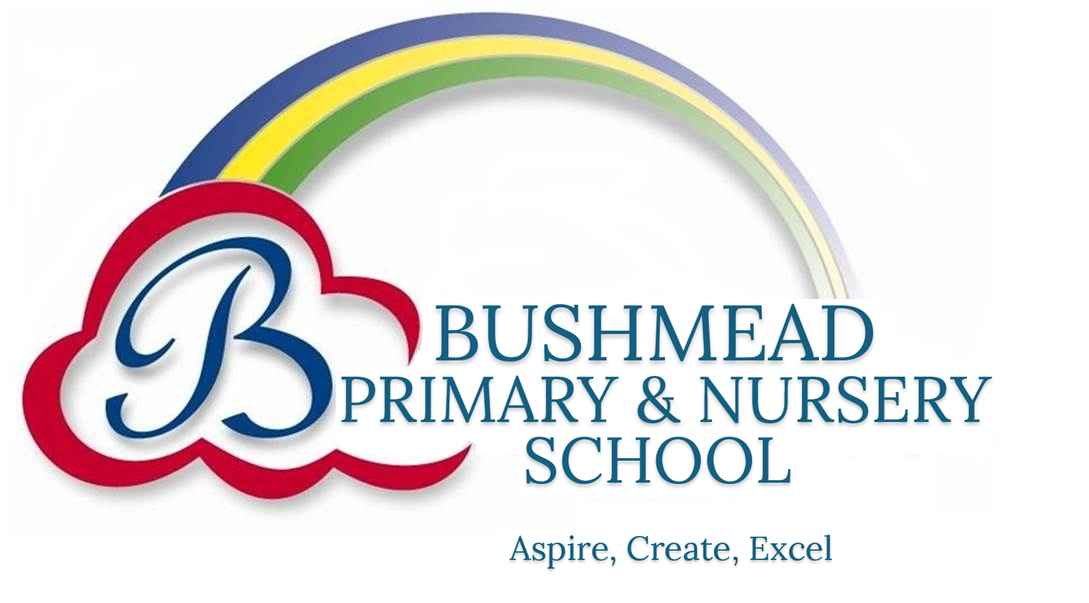Writing
Our Approach to Writing
Writing
We believe that writing should be a creative/developmental process both at a functional and an imaginative level. All attempts at writing are valued and we know that all children have the potential to be successful writers. The compositional and transcriptional skills are taught alongside the creative aspects. Immersion in reading, talk and preparation for writing is essential to the writing development process.
Writing is taught through:
1. Shared writing that is modelled by the teacher as the expert writer with contributions from the children.
2. Guided writing that targets children at their point of writing.
3. Opportunities for developmental writing:
In Foundation stage children experience writing in a range of settings and opportunities for developmental writing are available through all areas of learning and throughout the learning environment. In KS1 and KS2 there are opportunities for writing across the curriculum and we encourage children to take a more independent approach to displaying their written work. We encourage children to draft, edit and revise their own work and we ensure that there are opportunities for peer assessment.
4. Independent writing:
Children complete an independent writing task termly as an assessment opportunity, to demonstrate their knowledge and understanding.
5. Writing environment:
The school environment celebrates quality writing through displays of work in both handwritten and typed form as well as signs and labels. Key vocabulary, including words of the week, are displayed in the classroom for the children to refer to.
Our Approach to Handwriting
We use Letter-join as the basis of our handwriting policy that covers all the requirements of the 2014 National Curriculum. We teach this from Reception class to Year 6.
Handwriting is a basic skill that influences the quality of work throughout the curriculum.
At the end of Key Stage 2 all pupils should have the ability to produce fluent, legible and, eventually, speedy joined-up handwriting, and to understand the different forms of handwriting used for different purposes.
We aim to make handwriting an automatic process that does not interfere with creative and mental thinking.
